Goal For this project you will need to write a complete Java program You do not need to submit a
Original price was: $10.00.$5.00Current price is: $5.00.
Download button will appear immediately after successful payment.
Full support will be provided with necessary files installation.
Get impeccable customized solution within 24 hours, hassle-free.
 All Study Co-Pilots are evaluated by Gotit Pro as an expert in their subject area.
All Study Co-Pilots are evaluated by Gotit Pro as an expert in their subject area.
Description
Goal
For this project, you will need to write a complete Java program. You do not need to submit a design document, but your code design will factor into your grade. Note: You do not need to build a Swing GUI for this program.
Requirements
1) Must allow the user to enter the simulation’s initial condition: the starting height of the billiard ball (yi).
2) Must simulate the billiard ball’s descent from height yi to the ground (y=0).
3) The output CSV file must have columns for the following data…
3.1) Time (in seconds) starting from 0
3.2) Height (in meters) of the ball
3.3) Velocity (in meters per second)
4) The output CSV file must contain the ball’s height and velocity at each second from the time the ball was dropped until the time the ball hits the ground.
Usage Example
User input is shown in bold, console output is shown in plain text.
Please enter simulation parameters…
Initial Height (in meters): 5
Simulating…
t=0
t=1
t=2
t=3
t=4
Writing to simulationdata.csv…
Done.
Note: Given the small amount of user interaction in this project, you may include more detail in your console output as the simulation runs. I would recommend doing so to help debug.
CSV File Format
The data generated by the program must be saved to a file where each row represents one height measurement. The first row of the file should list the column (variable) names, in this case time, height, and velocity. On each row after the column names, the three numerical values should be separated by a comma (,).
Example
time, height, velocity
0,8.0,0.0
1,7.3,1.2
2,6.0,1.8
3,4.4,2.6
4,2.8,3.7
5,0.0,4.5
time, height, velocity
0,8.0,0.0
1,7.3,1.2
2,6.0,1.8
3,4.4,2.6
4,2.8,3.7
5,0.0,4.5
(Note: this example demonstrates the file format only, do not use it to verify the simulation data)
Valid CSV files can be opened in Microsoft Excel, Google Sheets, etc
Imagine you are collaborating with a physics lab on campus. They would like to compare data collected from real-world studies with simulated data. Several experiments were performed to study the effect of air resistance on a falling billiard ball. The team needs a program which can simulate the position of the billiard ball in free-fall under simple, idealized conditions and produce a CSV file of the ball’s position over time. Our simulation will neglect air resistance, etc.
Sphere falling from a height
The position or height of the falling billiard ball can be simulated with the following equation:
y(t) = yi – (1/2) * g * t^2
where..
y(t) is the height of the ball at time t
yi is the starting (initial) height
g is the acceleration due to gravity (9.81 m/s^2)
t is the amount of time the ball has been falling
You may also like…
-

Q1 15 points The average person blinks once every four seconds or 15 times per minute You are
Waived! Original price was: $10.00.$5.00Current price is: $5.00. Add to cart -
![2. Write a program called "unsharp" which is run as follows: - Ask the user for an image. - Open the image as a grayscale image. - Pad the image (you choose the padding method). - Perform unsharp masking on the given image using the spatial domain and a 3x3 averaging mask. - Remove the padding. - Save the result as a new image. - Display the original image and the resulting image. The program should assume that the images are 8-bit images, with grayscale values in the range of [0, 255]. Ensure that the output intensity values stay within this range. Your program should be appropriately organized and documented. Include some example images that you have tested the program on, showing both the original and resulting images. Make sure there is variation in image detail and noise.](https://gotit-pro.com/wp-content/uploads/2023/10/c1bce0b4-8a19-454c-bef8-9964ac9cef03.jpg)
2 Write a program called unsharp which is run as follows asks the user for an image opens the
Waived! Original price was: $10.00.$5.00Current price is: $5.00. Add to cart -
![1. Write a program called hist_eq which is run as follows: - Asks the user for an image - Opens the image as a grayscale image - Performs histogram equalization - Saves the result as a new image - Then displays the original image and the resulting image The program should apply global histogram equalization to the image. You may assume that the images are 8-bit images (grayscales are in the range [0,255]). Your program should be documented and organized appropriately. Include some images that you tested this on, both the before and afters. Ensure there is variation in intensity.](https://gotit-pro.com/wp-content/uploads/2023/10/608cefe4-cb34-4b5c-a766-9e36719e82ce.jpg)
1 Write a program called histeq which is run as follows asks the user for an image opens the
Waived! Original price was: $10.00.$5.00Current price is: $5.00. Add to cart -
![How do you declare a variable for two-dimensional arrays? How do you create a two-dimensional array? How do you access elements in a two-dimensional array? This section will address these issues. 8.2.1 Declaring Variables of Two-Dimensional Arrays and Creating Two-Dimensional Arrays The syntax for declaring a two-dimensional array is as follows: elementType[][] arrayRefVar; or elementType arrayRefVar[][]; // Allowed, but not preferred As an example, here is how you would declare a two-dimensional array variable matrix of int values: int[][] matrix; or int matrix[][]; // This style is allowed, but not preferred You can create a two-dimensional array of 5-by-5 int values and assign it to matrix using this syntax: Figure 8.2 8.2.3 Ragged Arrays Each row in a two-dimensional array is itself an array. Thus, the rows can have different lengths. An array of this kind is known as a ragged array. Here is an example of creating a ragged array: 8.2-3 As you can see, triangleArray[0].length is 5, triangleArray[1].length is 4, triangleArray[2].length is 3, triangleArray[3].length is 2, and triangleArray[4].length is 1. If you don't know the values in a ragged array in advance, but do know the sizes-say, the same as in the preceding figure-you can create a ragged array using the following syntax: Two subscripts are used in a two-dimensional array: one for the row, and the other for the column. The two subscripts are conveniently called row index and column index. As in a one-dimensional array, the index for each subscript is of the int type and starts from 0, as shown in Figure 8.1a. row index column index Figure 8.1 The index of each subscript of a two-dimensional array is an int value, starting from 0. Figure 8.1 To assign the value 7 to a specific element at row index 2 and column index 1, as shown in Figure 8.1b, you can use the following syntax: A Caution It is a common mistake to use matrix[2,1] to access the element at row 2 and column 1. In Java, each subscript must be enclosed in a pair of square brackets. You can also use an array initializer to declare, create, and initialize a two-dimensional array. For example, the following code in (a) creates an array with the specified initial values, as shown in Figure 8.1c. This is equivalent to the code in (b). 8.2-2 8.2.2 Obtaining the Lengths of Two-Dimensional Arrays A two-dimensional array is actually an array in which each element is a one-dimensional array. The length of an array x is the number of elements in the array, which can be obtained using x.length. x[0], x[1], ..., and x[x.length - 1] are arrays. Their lengths can be obtained using x[0].length, x[1].length, ..., and x[x.length - 1].length. For example, suppose that x = new int[3][4], x[0], x[1], and x[2] are one-dimensional arrays and each contains four elements, as shown in Figure 8.2. x.length is 3, and x[0].length, x[1].length, and x[2].length are 4. Figure 8.2 A two-dimensional array is a one-dimensional array in which each element is another one-dimensional array. Ant: [[] z = langlahrazy - new int[5][]; triangleArray[3] = new int[2]; triangleArray[4] = new int[1]; You can now assign values to the array. For example, Note: The syntax new int[5][] for creating an array requires the first index to be specified. The syntax new int[][] would be wrong. Check Point: 8.2.1 Declare an array reference variable for a two-dimensional array of int values, create a 4by5 int matrix, and assign it to the variable. 8.2.2 Which of the following statements are valid? Ant: [] = new int[2]; int[] x = new int[]; int[][] y = new int[3][]; int[][] z = {{1, 2}}; int[][] w = {{1, 2}, {2, 3}}; int[][] v = { {1, 2}, {2, 3}};](https://gotit-pro.com/wp-content/uploads/2023/10/f06297d6-186a-4809-8104-7383e1be49f5.png)
How do you declare a variable for twodimensional arrays How do you create a twodimensional array
Waived! Original price was: $10.00.$5.00Current price is: $5.00. Add to cart


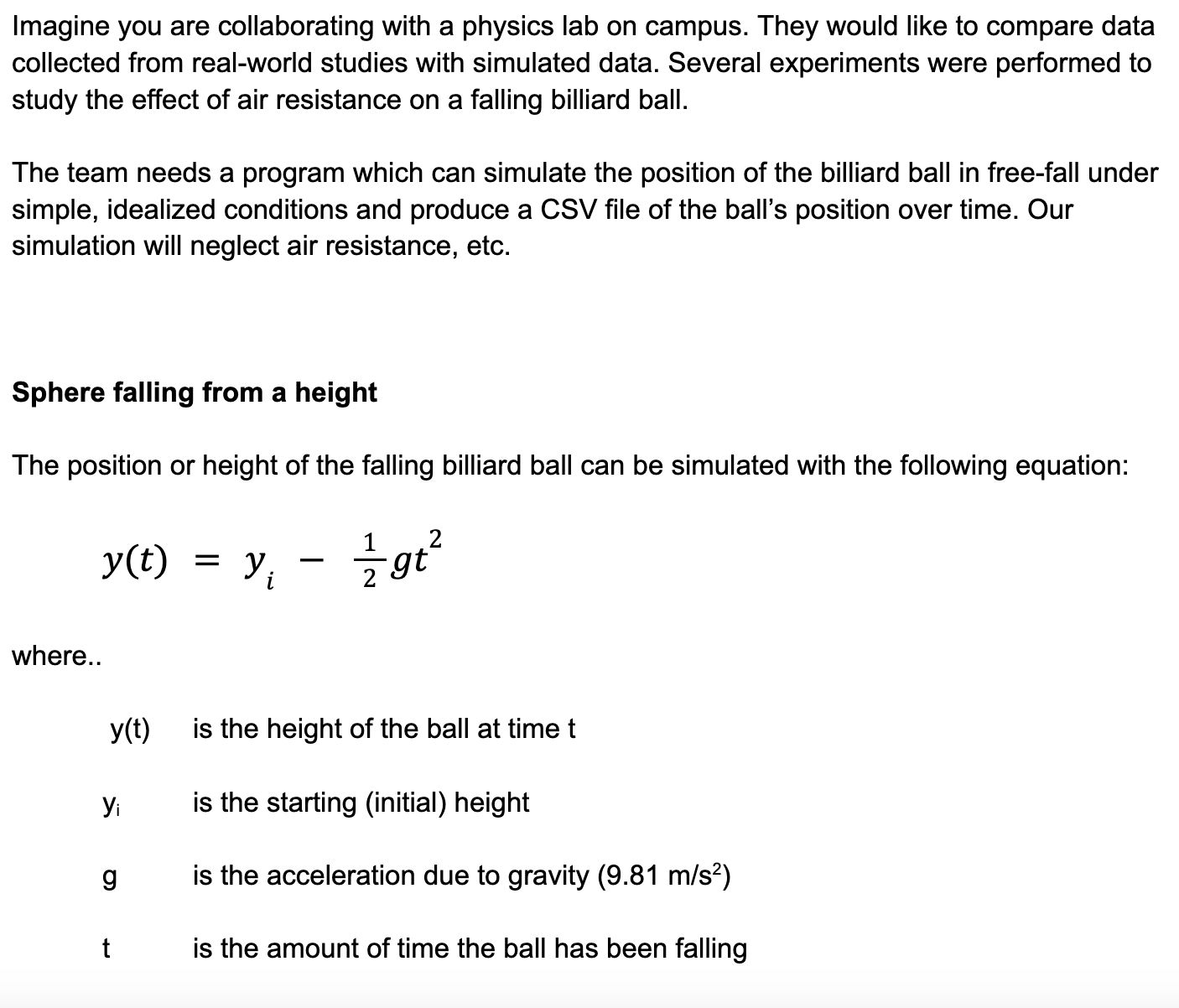
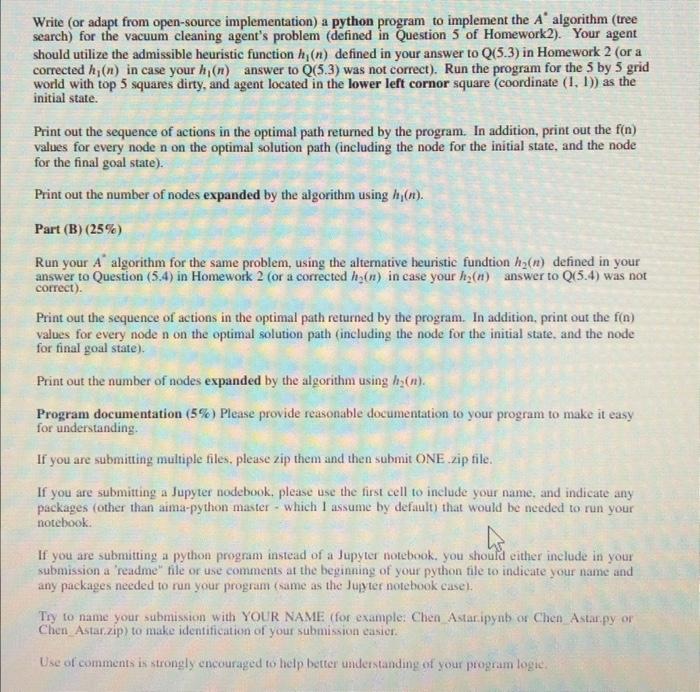
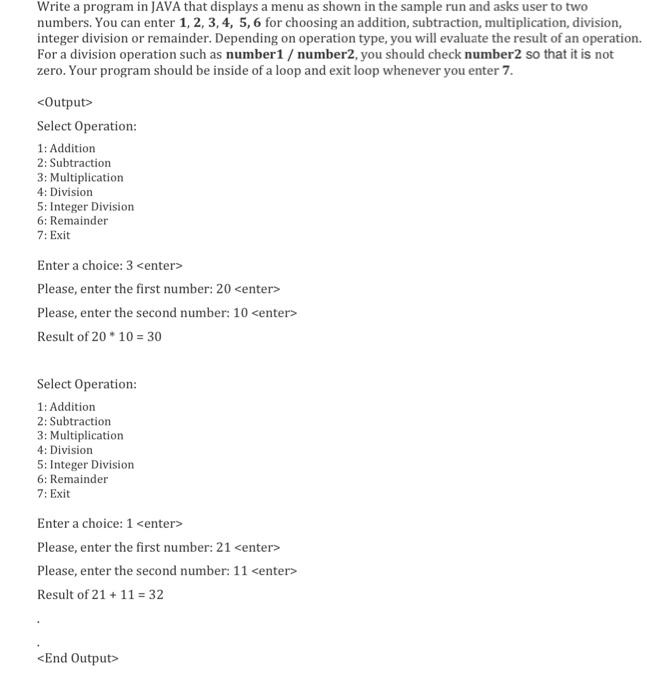
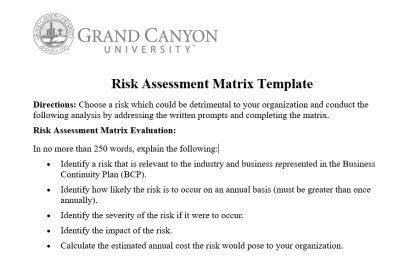
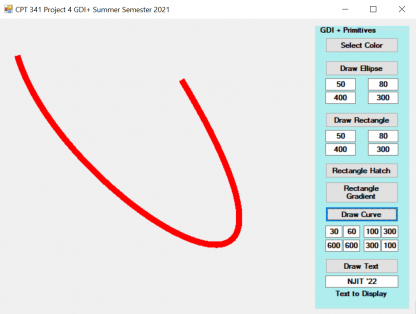
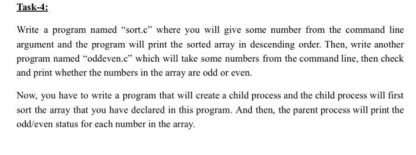
Dan Lockhart –
Awesome work as usual!!
Doug Okruch –
great and amazing work, highly recommend. God bless you in all your days
Felicia Schoenthal –
Work was finished long before due and tutor was considerate and engaging. Perfect!
David Presley –
I am pleased for the assistance to get a answer to my questions. The service is prompt and provides good value to me.